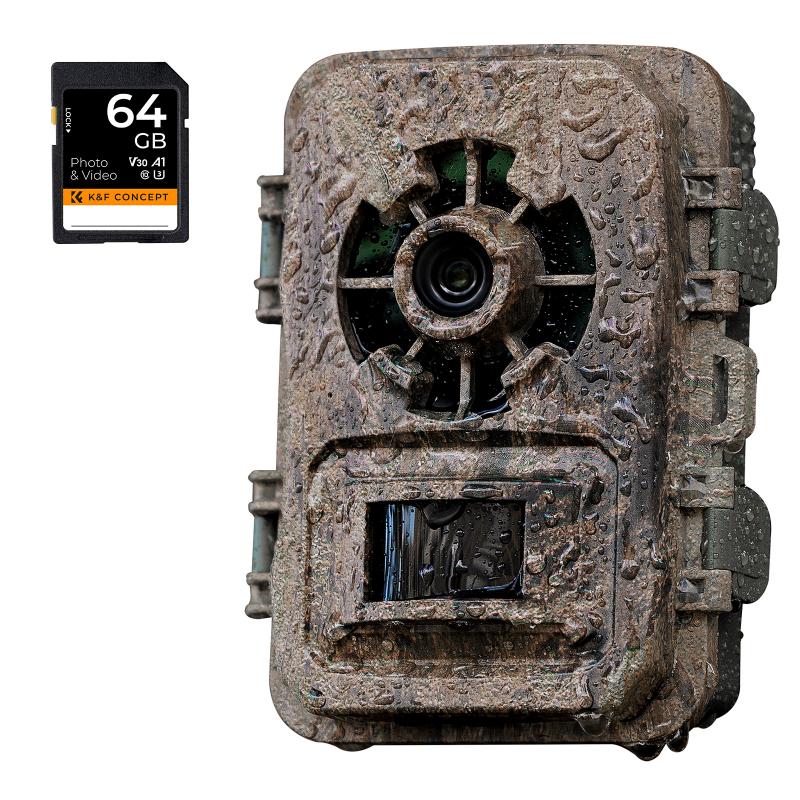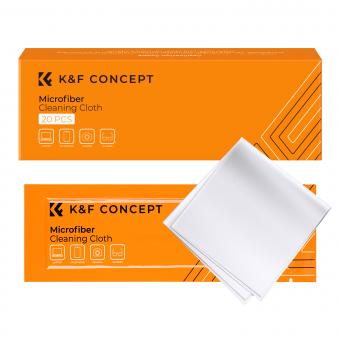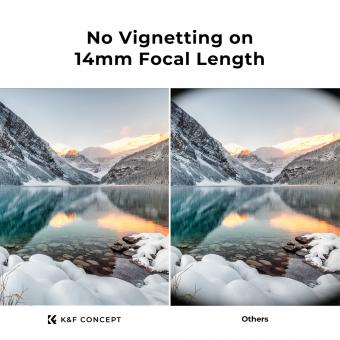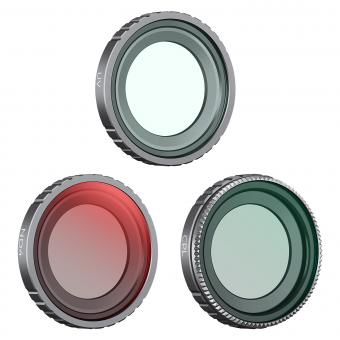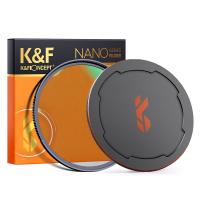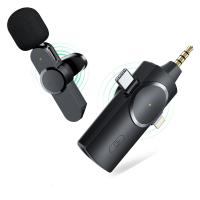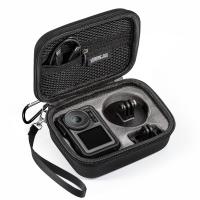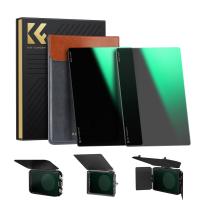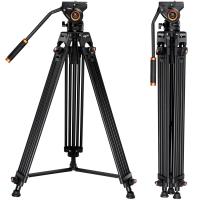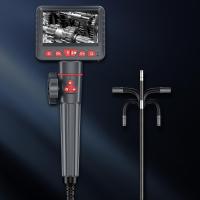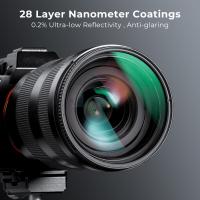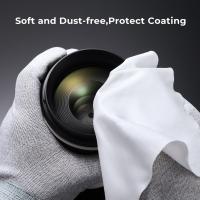Can You Stack Camera Filters ?
Yes, camera filters can be stacked on top of each other to achieve different effects or to combine multiple filter properties.
1、 Types of camera filters and their specific functions
Yes, you can stack camera filters. Stacking camera filters refers to the practice of attaching multiple filters to the front of a camera lens. This technique allows photographers to combine the effects of different filters to achieve their desired outcome.
There are various types of camera filters available, each with its specific function. Some common types include:
1. UV Filters: These filters are primarily used to protect the lens from scratches, dust, and moisture. They also help reduce the bluish cast that can occur when shooting in bright sunlight.
2. Polarizing Filters: These filters reduce glare and reflections from non-metallic surfaces such as water or glass. They also enhance color saturation and contrast, resulting in more vibrant and dramatic images.
3. Neutral Density (ND) Filters: ND filters reduce the amount of light entering the lens, allowing photographers to use slower shutter speeds or wider apertures in bright conditions. This is particularly useful for achieving motion blur effects or shallow depth of field in bright daylight.
4. Graduated Neutral Density (GND) Filters: GND filters have a gradient of density, with one half being clear and the other half being neutral density. They are used to balance the exposure between the bright sky and darker foreground in landscape photography.
5. Color Filters: These filters add or modify colors in the image. For example, a red filter can enhance the contrast of a blue sky, while a warming filter can add a warm tone to a photograph.
When stacking filters, it is important to consider the potential impact on image quality. Stacking too many filters can increase the risk of vignetting, loss of sharpness, and increased flare. It is recommended to use high-quality filters and limit the number of filters stacked to maintain optimal image quality.
In conclusion, stacking camera filters can be a useful technique for photographers to achieve their desired creative effects. However, it is important to understand the specific functions of each filter and consider the potential impact on image quality when stacking multiple filters.
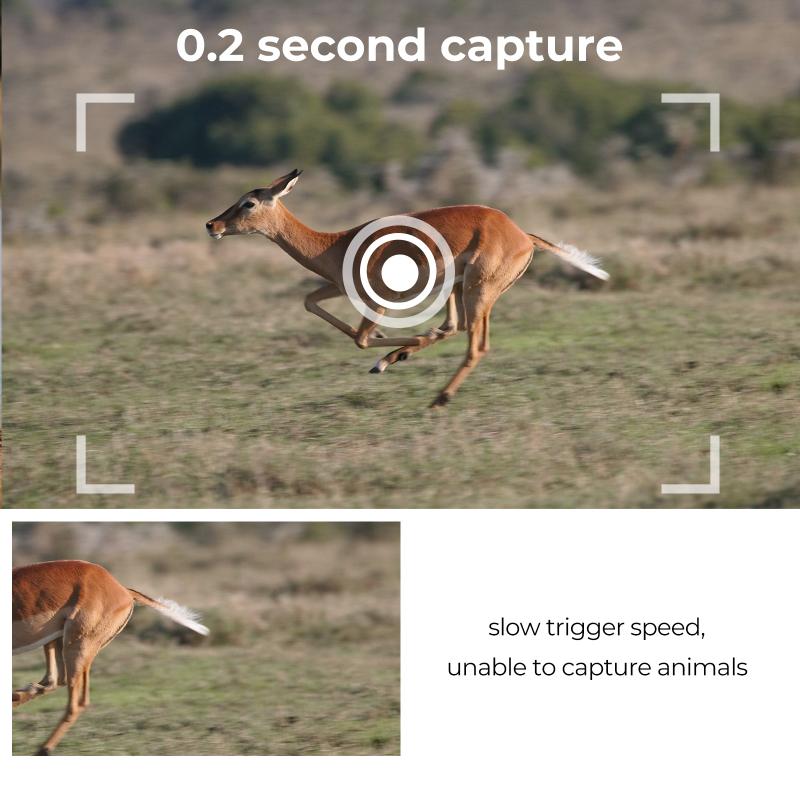
2、 Proper order and stacking techniques for camera filters
Yes, you can stack camera filters to achieve different effects and enhance your photography. However, it is important to understand the proper order and stacking techniques to ensure optimal results.
When stacking camera filters, the general rule is to place the filter with the strongest effect closest to the lens. This prevents any potential interference or degradation of image quality caused by stacking multiple filters. For example, if you are using a polarizing filter and a neutral density filter, the polarizing filter should be placed closest to the lens, followed by the neutral density filter.
It is also important to consider the size of the filters and the filter holder system you are using. Some filter holders allow for multiple filters to be stacked, while others may have limitations. Make sure the filters are securely attached to avoid any movement or light leakage.
Additionally, be aware that stacking too many filters can potentially lead to vignetting or loss of image sharpness. It is recommended to limit the number of filters to maintain the best image quality.
As for the latest point of view, advancements in filter technology have made it possible to stack filters without significant loss in image quality. However, it is still important to exercise caution and experiment with different combinations to achieve the desired effect.

3、 Potential issues and considerations when stacking camera filters
Yes, you can stack camera filters. Stacking filters involves attaching multiple filters to the front of your camera lens. This technique allows photographers to combine the effects of different filters to achieve desired results.
However, there are some potential issues and considerations when stacking camera filters. Firstly, stacking filters can lead to vignetting, where the corners of the image become darker due to the increased thickness of the filters. This is more likely to occur when using wide-angle lenses or when stacking multiple filters with large filter thread sizes.
Another consideration is the potential for image quality degradation. Each filter added to the stack introduces additional glass elements, which can increase the chances of lens flare, ghosting, and reduced sharpness. Using high-quality filters can help minimize these issues.
Additionally, stacking filters can also impact the exposure settings. The combined effect of multiple filters may require adjustments to the exposure settings to maintain proper exposure. This can be particularly challenging when using neutral density filters, which reduce the amount of light entering the lens.
Lastly, stacking filters can make it difficult to adjust or remove individual filters quickly. This can be problematic when shooting in rapidly changing lighting conditions or when needing to switch between different filter combinations.
In recent years, advancements in filter technology have addressed some of these concerns. Some manufacturers offer slim filters with reduced thickness to minimize vignetting. Additionally, multi-coated filters help reduce lens flare and ghosting. However, it is still important to carefully consider the potential issues and choose filters wisely when stacking them to achieve the desired results.
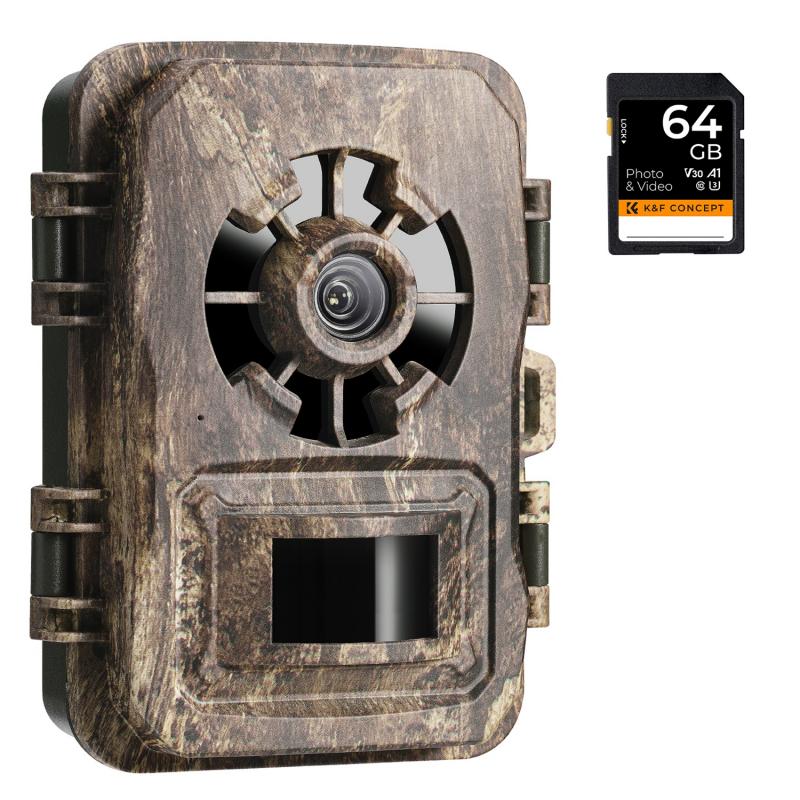
4、 Impact of stacked filters on image quality and potential drawbacks
Yes, you can stack camera filters, but it is important to consider the impact on image quality and potential drawbacks.
Stacking filters involves attaching multiple filters to the front of your camera lens. This can be done for various reasons, such as combining different effects or achieving a specific desired outcome. However, it is important to note that each filter added to the stack can potentially degrade image quality.
The impact on image quality largely depends on the quality of the filters being used. High-quality filters with multi-coatings and excellent optical properties will have minimal impact on image quality when stacked. On the other hand, lower-quality filters may introduce issues such as loss of sharpness, increased vignetting, and color shifts.
Another potential drawback of stacking filters is the increased risk of lens flare and ghosting. The more filters you stack, the more likely you are to encounter these issues, especially when shooting in bright light or with strong light sources in the frame. Lens hoods and careful positioning of the camera can help mitigate these problems to some extent.
It is worth mentioning that advancements in filter technology have led to the development of slim filters, which are designed to minimize vignetting when stacked. Additionally, some filters are specifically designed to be used in combination with others, reducing the potential negative impact on image quality.
In conclusion, while it is possible to stack camera filters, it is important to consider the impact on image quality and potential drawbacks. Using high-quality filters, being mindful of lens flare and ghosting, and considering advancements in filter technology can help minimize any negative effects when stacking filters.
